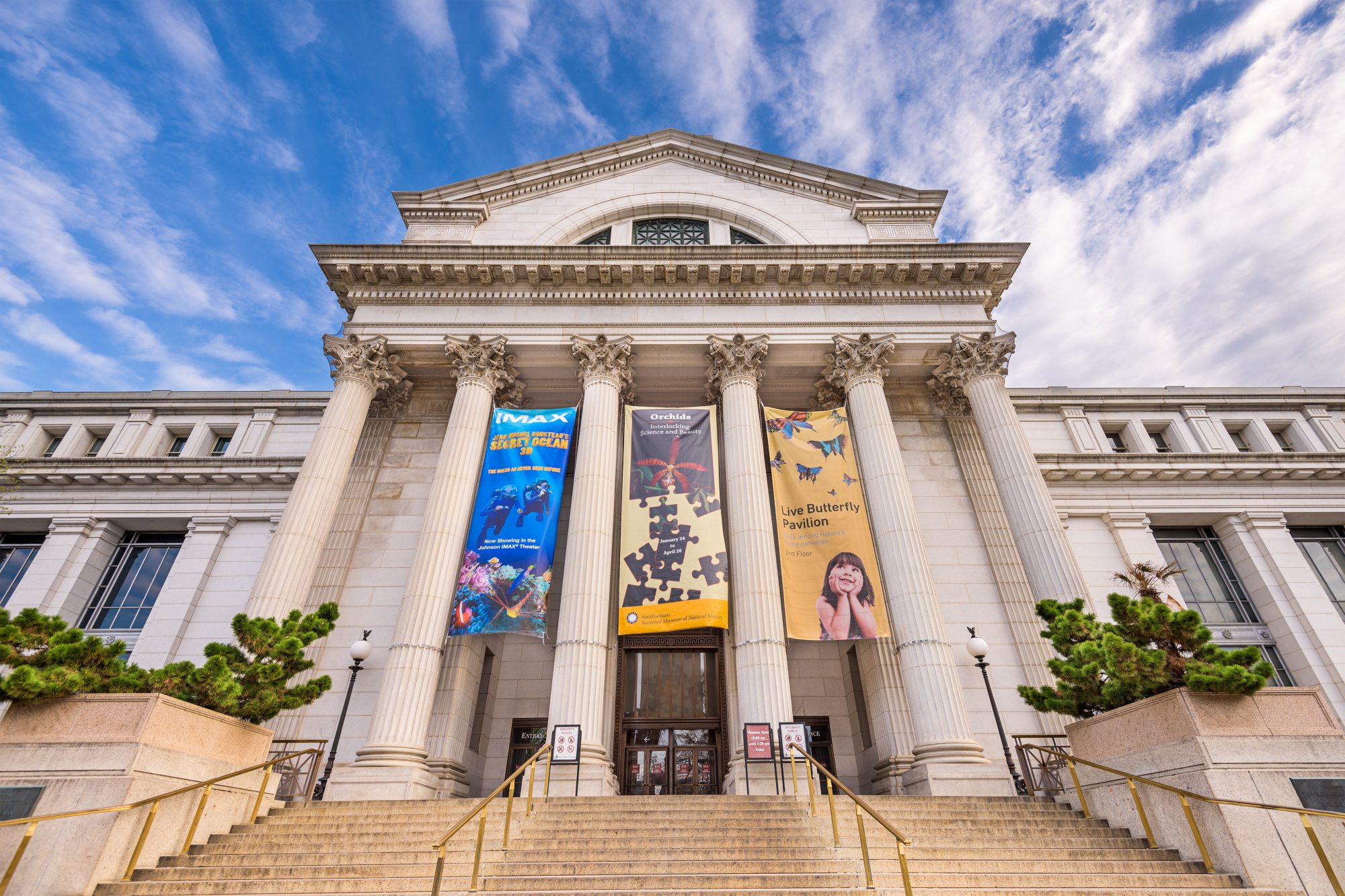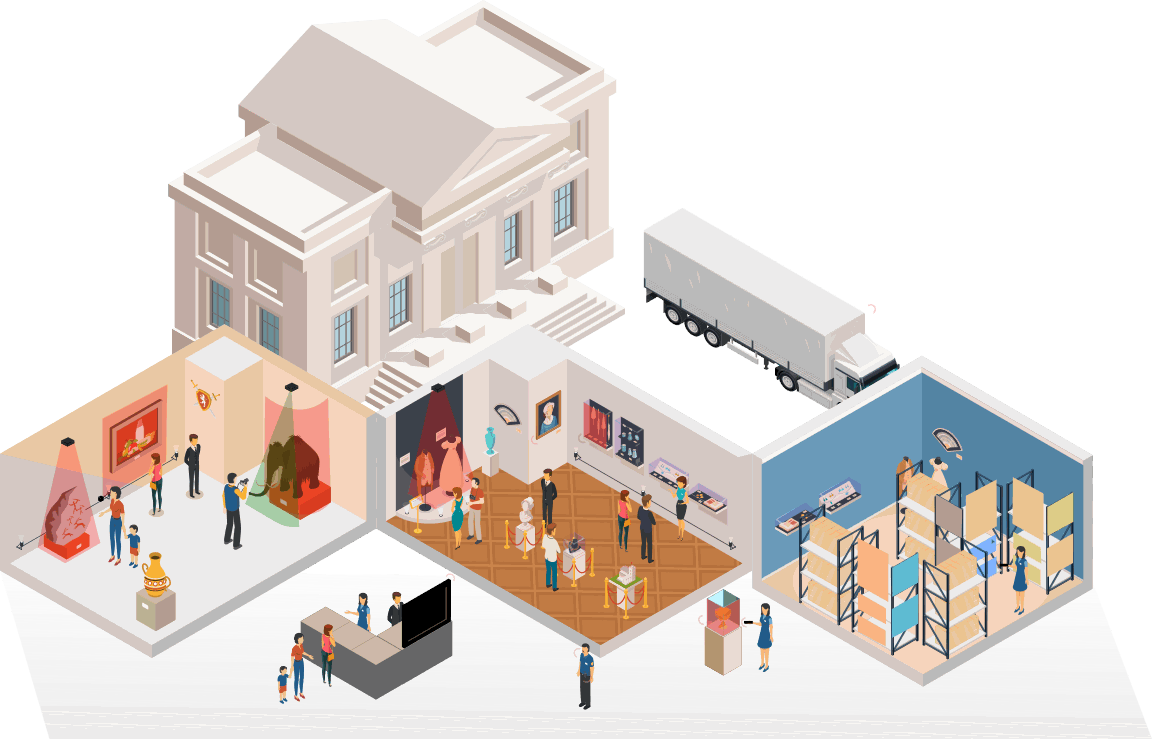
Heron’s Audible Alarm, the first alarm system in history
Do you know it ?
“This device triggered an audible alarm when someone opened the door to the protected room. It is a trumpet suspended vertically from a lever, the flag at the top, the bottom being integral with an inverted hemispherical bowl. If a The intruder opened the door, a cable pulled the lever and the trumpet was lowered. The hemispherical bowl, forming a piston, descended into a cylindrical container containing water. The air contained in the bowl was then pushed into the mouth of the trumpet, which began to sound “. Source:Héron d’Alexandrie, «Pneumatica – 17»
Nowadays, there are solutions to secure exteriors and buildings: innovative materials, resistant doors, burglar-resistant multiple locking security locks … To complete them, it will be necessary in particular to set up systems anti-intrusion. The downside of these systems is that of course they have to be deactivated during opening hours to the public. We must then compensate with other solutions.

Human and mechanical resources
- All security experts agree that there is no substitute for human surveillance. It is essential. These surveillance agents, or security guards, must indeed be very mobile, check the premises every morning and every evening, monitor the spaces and control the works, help and provide information, ensure that visitors respect the instructions, be observers and polite without being distracted.
- Hanging systems: such as screws, hooks, eyebolts, fasteners with particular relief requiring a specific key for hanging on the wall, etc. It is further recommended to use several different types of screws for the same table making removal more difficult. The screws can also be recessed, covered with a cap or repainted eraser, making it difficult to see which wrench or tool is needed. For suspended works, you can use cable safety grippers. they should be hung up or put behind panes or in display cases in laminated glass or in resistant polycarbonate plastic product, with safety locks and resistant hinges, even invisible.For statues, installations for example, it is recommended to ensure good mechanical fixing to the ground.
- To protect but also to deter the malicious or the clumsy, it is possible to set physical or visual distance limits such as barriers, glass panels, ropes, platforms, floor marking, certain types of floor covering. ..
The IoT is chosen to complete these systems or even replace them when they are unsightly for the scenography.
The principle of the IoT – Internet of Things – for works of art is simple: it allows the work to be connected and to send an alert signal in the event of an anomaly 24 hours a day, 7 days a week. 7.
In the EDITAG Arts range there are different types of detectors:
- motion, shock, vibration detectors,
- approach detectors,
- proximity detectors,
- optical detectors,
- glass break detectors, door opening …
When the anomaly is detected, the alert can be given in several ways:
- a local audible alarm and / or,
- propagation to another room or a security PC,
- a message on the guard’s pager,
- an email,
- an alert sent to the police or a remote monitoring company,
- a zoom of the video surveillance on the work of art in danger ….
The objective is to complete the systems already in place, to secure the works 24 hours a day and to alert as quickly as possible in the event of danger.



Innovation serving the protection of works of art
Cultural establishments did not wait for the advent of new technologies to secure the worksof art and objects they house. There are many ways to fight theft and vandalism in museums. At EDITAG, we consider that they are absolutely not in competition with each other, on the contrary they are complementary.